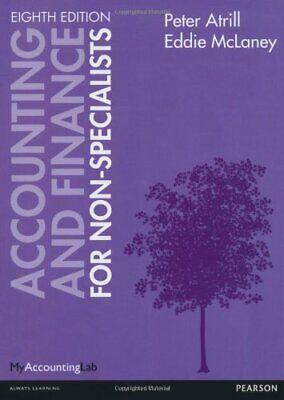Case 1 ALL WORK MUST BE SHOWN FOR CREDIT In theyellow cells to the left enter your input variables. Your own name or the name of your fictitious client Then enter the current age of you or your client, the years until you or the client will retire (make sure this is an even number), the estimated number of years you will live in retirement (the current life expectancy is almost 90- so if you are 20 and going to retire in 30 years, 40 years in retirement would be reasonable). Next you need to assume a rate of inflation and a rate of return during the savings years prior to retirement and during the retirement years. In BB there are historical rates you can use to base these estates on. Just to mention a few the long term average rate of inflation is about 3% and the long term average return of the S&P 500 is 1 1 %. Also people generally tend to invest more aggressively while they are saving for retirement then while they are in retirement Then enter yours or your client's current income and the amount already saved for retirement if there is any. Client Name chn as Age years until retirement years in retirement inflation assumption return during savings return during retirement current income current retirement savings annual contribution to retirement first half of years to retirement second half of years to retirement Should use an even number) 8 as,coo 7, 000 SoO a How much will your client have on day he/she retires? Next enter the annual contribution you or your client plan to put in for the first half of the years prior to retirement and then the second half. This is because often times people can contribute mora as they get older and closer to retirement. Finally answer the questions based on your inputs How much will client be able to withdraw each year of retirement if he/she wants equal payments every year and wants to leave nothing to heirs? b Le Using the essumed rate of nteton what is the annual amount drawn the frst year, (eolution b) worthtoda? second halt This s How much will client be able to withdraw each year of retirement, if client wants to leave an amount equal to 20% of starting amount on day retires (so 20% of part a), to heirs upon his death which he d assumes will be the last day of his projected retirement? Now create a worst case scenario for your client You are now half way to saving for e retirement Assume the returns for the first half of the savings period are 2% less than assumed above, and the client only put away half of what was assumed How much will the client have to now save per year to save to the original amount found in part a assuming the rate goes back to the assumed return during savings If your client states that saving the amount calculated in part e is much too high an amount to save. comment what else your client could do f







